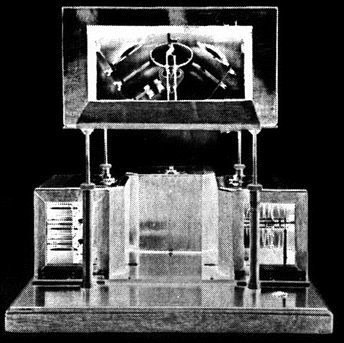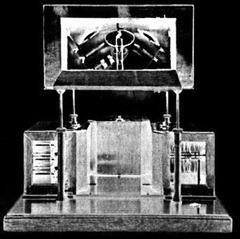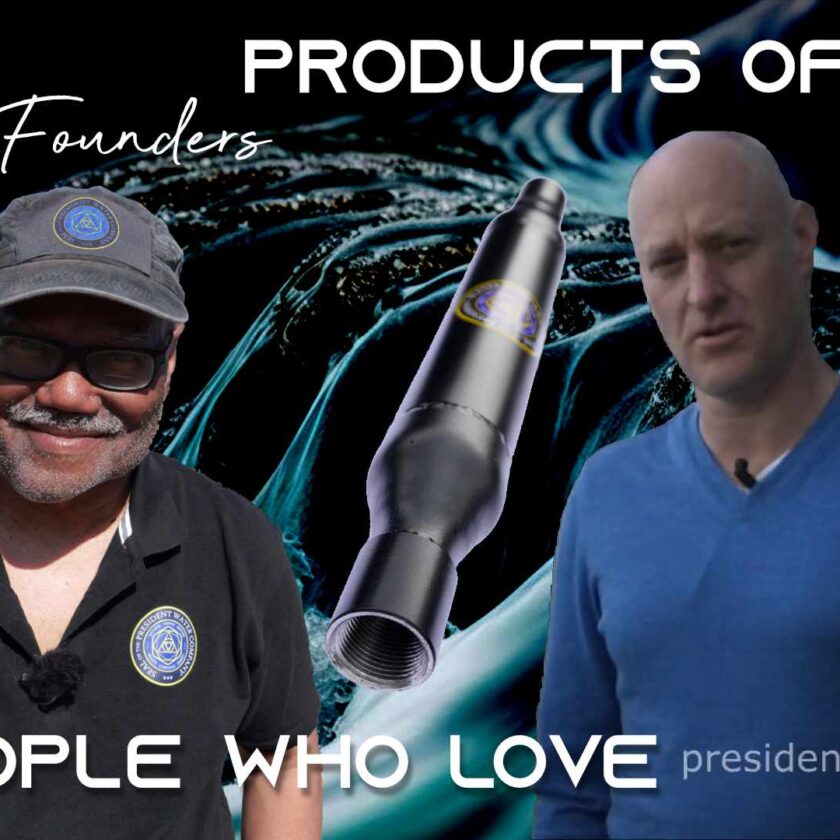Given the long missive that I published yesterday, the information below from subsequent reading was so timely that I had to share it here. With one small omission, it is excerpted from the book, Report on Radionics: The Science Which Can Cure Where Orthodox Medicine Fails (1973 Neville Spearman, London), by Edward W. Russell.
Soon after the construction of the Mark I Camera, it occurred to Bill—probably nobody else could have thought of it!—to put bottle of homeopathic Aconitum Nepellus pilules (little pills) into the Camera and to tune the instrument to the rate of the aconite flower.
When the plate was developed, he was amazed and delighted to find a clear picture of a fully developed flower on its stem.
He then took a lily seed and tuned the Camera to ‘potentiality to germination’ and the plate yielded a clear picture of a lily bulb. When he tuned the Camera to ‘potentiality to flower’ the plate showed a faint but perfectly formed image of a lily in flower.
These experiments have an historic importance which, perhaps, even Bill did not fully realize at the time. The experiment with homeopathic pilules yielded the first photographic evidence of the energy that resides in homeopathic dilutions, though, as we have seen—Boyd and other Radionic pioneers had found that these dilutions could produce reflexes in a Subject.
Both experiments also yielded—as far as the writer knows—the first photographs of the electrodynamic ‘fields of life’.
As related earlier and fully described elsewhere, Dr. Harold Burr, of Yale, discovered that all living forms are built and controlled by an ‘electrodynamic field’—a kind of electronic matrix which moulds living forms; and he even discovered and measured these fields in seeds.
At the time that he made these pictures Bill did not know about Burr’s discovery—in fact the writer believes he was the first to draw Bill’s attention to it some years later. So Bill referred to these images as ‘energy-patterns’, ‘counterpart bodies’, for ‘force-field bodies’ for want of a better name.
There seems to be little doubt, however, that Bill had photographed the electrodynamic fields of the aconite and the lily and that he was the first man in history to obtain a picture of what Burr had detected with sensitive voltmeters. And neither knew of the work of the other. –p. 128-9
The “Bill” that the author refers to is George W. de la Warr (1904-1969). The omission is the year in which these activities took place; 1950. The work was carried on at Delawarr Laboratories, which are located in Oxford. Even though it is after the fact, I have a deeper sense of connection to the subject and the people involved, having traveled to that historic and beautiful city in 2010.
De la Warr’s research paralleled that of Semyon and Valentina Kirlian, and preceded the development of Korotkov’s GDV by 40 years. One significant difference between the Kirlian and de la Warr approaches, is that de la Warr’s Mark I Camera required no electricity whatsoever.
And, as indicated in the above excerpt, the item could be examined at different stages of its own evolution, and didn’t have to be present. A spot of blood, a photograph, or even a signature call all be used to as “witness” for the actual patient being treated.
Instead of embracing and exploring this new understanding of the workings of reality and the opportunity to improve human health, Medical $cience turned its collective back on de la Warr, as it did on Dr. Ruth Drown before him, and Dr. Albert Abrams before her. (Note the MMS-like treatment of the Wikipedia entry on Radionics.)
$cientific elitism, hiding behind the euphemisms of “healthy skepticism”, or “protecting the public interest,” has done humanity a gross disservice. On the other hand, we have done it to ourselves.
Fortunately, it’s a pattern of ignorance we can change even if certain $cientists don’t.








she was a woman, and also bad for business
big up Ruth Drown
What the medical establishment did to Ruth Drown was on par with their treatment of Royal Rife. Perhaps in part because she was a woman, Dr. Drown was the “target” for radionics that they didn’t make out of Dr. Albert Abrams.
In one of Doctor Douglas Baker’s Lectures he said that he worked with George de la Warr and that using a camera they photographed a tray of seed.
And that the camera showed the germination and growth of the seed etherically first and this was then followed by the physical germination and growth of the seed, of which the etheric outline was a template for the physical expression of the plant to grow into.
The above are not the exact words of Doctor Baker’s words but my perception of what he meant.
I find all this very interesting and would love to have a chance to use the camera, there are many applications it could be used for, that would be of benefit, and who knows what further discoveries could be made.